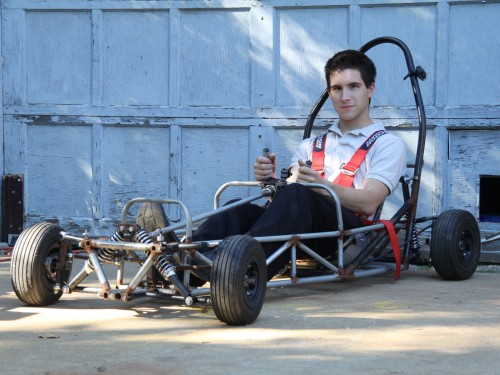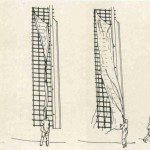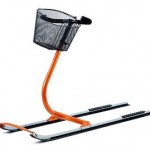 A reader at Metafilter reacts to the news that Harper Collins is putting a cap on the number of times their ebooks can be loaned out from libraries:
A reader at Metafilter reacts to the news that Harper Collins is putting a cap on the number of times their ebooks can be loaned out from libraries:
“I’ve argued that the ultimate endpoint for Digital Rights Management (DRM) is the pay-per-swing hammer. This isn’t as unlikely as it seems. Ball bearings in the hammer could be arranged, via electromagnetism, to configurations which either take away much of the force of the blow or leave it somehow off-center, or a dead-on impact. Ubiquitous wireless access will finally mean that microtransactions are more feasible. Press your fob against the hammer and, once your account has been verified, we will rearrange the bearings in the hammerhead to give you a better swing. A penny per swing. At this point, the only hard part would be getting the existing hammers out of circulation.”
Via Things Magazine. Somewhat related: Know your bolts.







